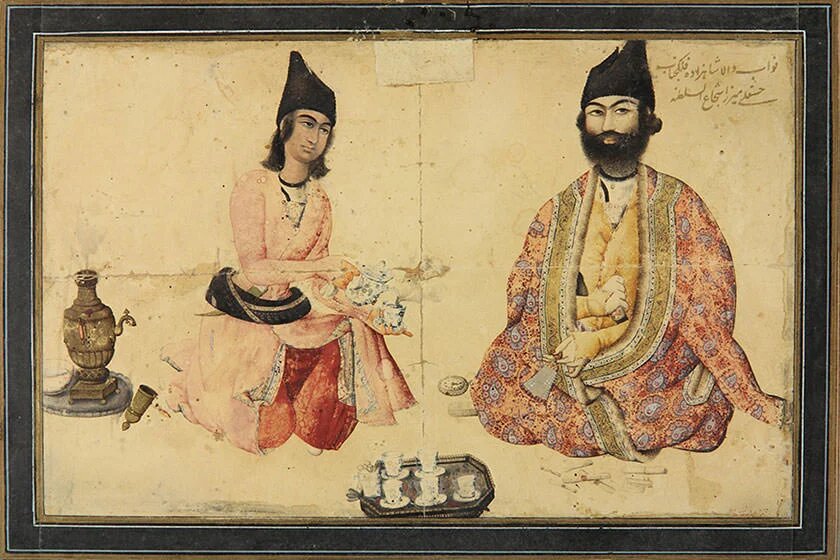Qajar-era newspapers on show at Tehran museum

TEHRAN – A selection of Qajar-era (1789–1925) newspapers, draft reports, letters, and other related documents has been put on show at the Post and Communications Museum in downtown Tehran.
The four-day exhibition was launched early on Tuesday to celebrate the anniversary of the 1979 Islamic Revolution, IRIB reported.
The process of gathering, writing and presenting articles for newspapers gradually emerged and developed in the second half of the rule of the Qajar dynasty, as newspapers began to appear increasingly, and a changing journalistic culture took shape.
However, for much of the Qajar period, journalism was a state-run domain. By the mid-1860s, the number of official state-owned newspapers that were published in the capital city had increased to four.
Despite their ostensible aim to educate and inform the public, these newspapers did not distinguish themselves much from the official publications that had come before.
It was following the Constitutional Revolution that the journalistic culture underwent a major transformation in several ways. For instance, newspapers proliferated in an unprecedented way at this time.
Visiting Post and Communications Museum takes you back through history and gets you acquainted with ways of exchanging information and thoughts. Before social networks and transmission tools took Iran by storm, communication was very different.
The museum displays numerous items from horse-drawn carts, scales, stamps, and post boxes to the oldest stationery, the first telephones, and radios.
Furthermore, it presents the progress of communication and information technology tools throughout history. The building of the museum is also as important as the museum collections, because of the architecture of the building and its background history.
The structure was initially constructed in 1928 and the architect, Nikolai Markov was a prominent Iranian- Georgian architect. The architecture style of both Achaemenes and Islamic eras are visible in different parts of the building. The columns of outer corners with two heads of cows and brick dome-shaped facades all around the courtyard respectively prove this fact.
AFM
Leave a Comment